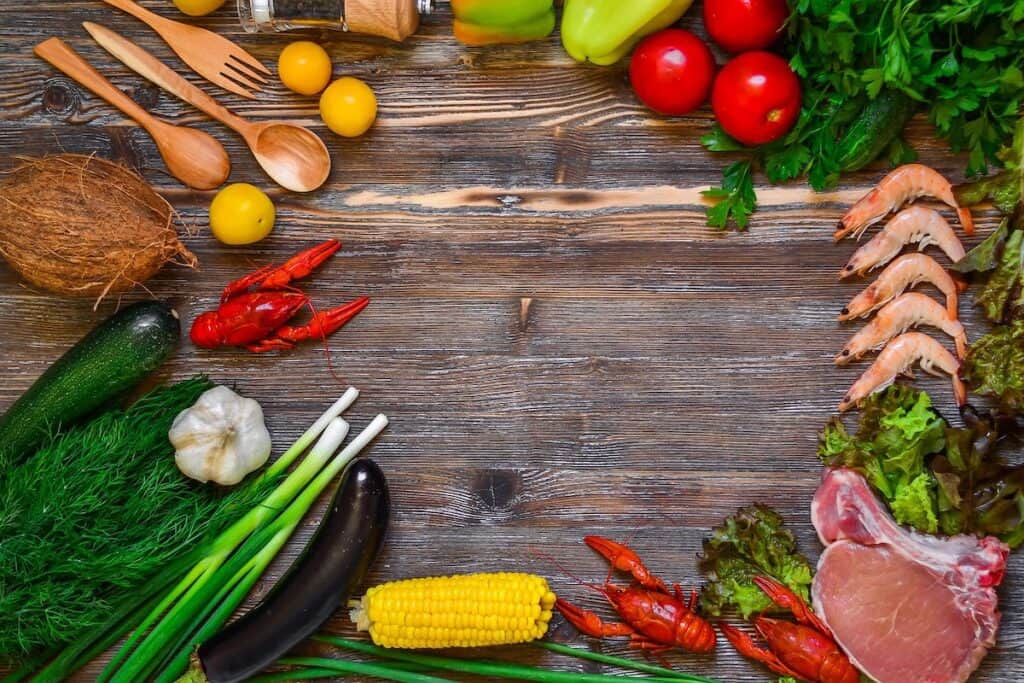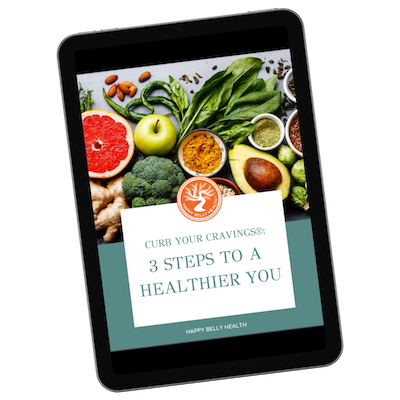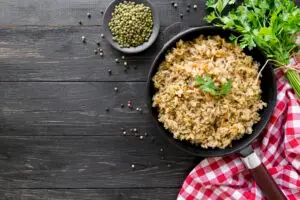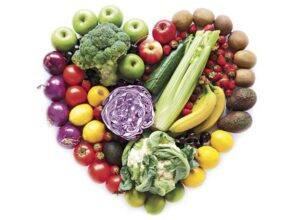Eating a Variety of Foods for Good Health
You’ve probably heard the advice to “eat a variety of foods for good health,” but what does that really mean? When aiming for variety, focus on mixing up the plant foods you consume on a weekly basis. It’s not just about different types of plants but also about incorporating various colors. This diversity allows you to obtain a broad range of nutrients: vitamins, minerals, and phytonutrients—compounds found only in plant foods that help your body repair cellular damage, eliminate cancerous cells, support the immune system, and promote the health of various tissues.
Key Food Groups to Include
- Fruits and Vegetables: Aim for a rainbow of colors to maximize nutrient intake.
- Leafy Greens: Spinach, kale, arugula, and more.
- Herbs and Spices: Fresh and dried, for flavor and health benefits.
- Beans, Nuts, and Seeds: Excellent sources of protein, fiber, and healthy fats.
- Whole Grains: If included in your diet, opt for minimally processed varieties like quinoa, brown rice, and oats.
- Cold-Pressed, Unrefined Oils: Include oils like olive, avocado, coconut, walnut, macadamia, and sesame in your diet.
Developing a Taste for New Foods
Sometimes you may not immediately like a new food, and that’s okay! Don’t give up on it right away. It can take 12-15 tries to develop a taste for something new—this applies to both adults and kids. Give yourself a couple of months to adjust. Try the food in different forms: raw instead of cooked, or paired with a flavorful sauce to help you acquire a taste for it.
Here are some fun ways to eat a variety of foods:
- At the grocery store, try to buy 1 fruit and 1 vegetable in each color of the rainbow for the week.
- Choose a fruit or vegetable that you have never eaten before, and Google recipes for it.
Pro tip: for nearly any vegetable (except lettuce and avocado), it can likely be washed, chopped, tossed with olive oil + salt, and baked at 350*F (180*C) until you can pierce it with a fork. - Consider making a vegetable soup, stir fry, or salad that has at least 6 types of vegetables in it to get great variety in one sitting. Good vegetables for all of these dishes include onions (red and white), garlic, carrots, celery, bell peppers, cabbage (red and green), beans (garbanzo, black, cannellini, pinto, red kidney, etc.), string beans, zucchini, tomatoes, cauliflower, sturdy leafy greens (e.g. kale, spinach, arugula, chard), and cooked winter squash.
- Consider having a dip alongside chopped vegetables for a snack – guacamole, hummus, and black bean dip are some favorites.
- Toss some chopped herbs onto your dishes for added flavor. These are especially abundant in the summer months. Consider fresh herbs such as parsley, cilantro, basil, mint, dill, oregano, and chives.
Or cook with them. Great herbs to throw into a soup or roasting meat include sage, thyme, bay leaves (remove after cooking), and rosemary. Garlic and ginger are other excellent, easy to find additions, both raw or cooked. - Make a rainbow fruit salad with seasonal ingredients in the summer – grapes, various melons, kiwi, apples, oranges, mango, papaya, lemon juice, shredded coconut, and fresh torn peppermint leaves can all be delicious additions.
- Aim for mixes of nuts and seeds instead of single types of nuts for the week. Bulk bins at a local grocery store can be very helpful in finding a broad variety.
Consider including almonds, walnuts, pecans, cashews, Brazil nuts, pumpkin seeds, and sunflower seeds. Hemp hearts, freshly ground flaxseeds, chia seeds, and sesame seeds can be mixed together as a topping for yogurt or salad. - When cooking grains such as steel cut oatmeal, consider adding millet seed, chia seeds, or hemp hearts to your pot. You may need to add a splash of extra liquid to make sure it cooks adequately.
- Homemade salad dressing can be an easy way to incorporate a healthy oil such as olive or walnut, in combination with lemon juice, herbs or spices, and some mustard. You can find a base recipe here: https://www.bonappetit.com/recipe/basic-lemon-vinaigrette and add herbs such as oregano, basil, or chives plus a spoon of mustard.
How many fruits and vegetables, leafy greens, herbs and spices, beans, nuts and seeds, whole grains, and good quality unrefined oils did you eat this week? Different colors of the same food count as different food! (e.g. purple & orange carrots, or red & yellow onions, or green & red cabbage = 2 foods.) Can you aim for 35? 50? 75? What is your goal for next week? In your household, who ate more variety?







